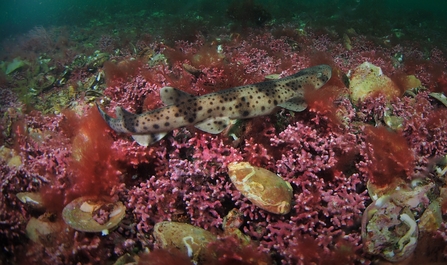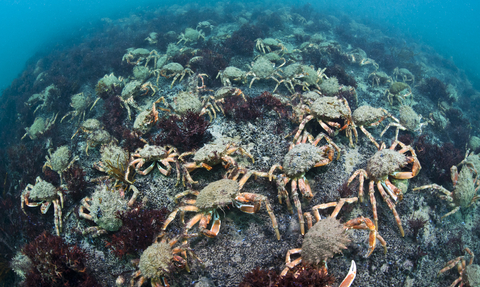Falmouth has arguably the largest and most healthy maerl beds in England. The shallow seabed of Falmouth harbour is actually the sides of a flooded river valley or ria, flooded after the last ice age. Maerl – a slow growing calcareous algae - thrives on these banks.
If you take a closer look at a single nodule of maerl they are extremely complex in shape and are created by slow growing red algae. They only grow 0.5mm per year and as they grow they branch in three dimensions creating a tiny branching nugget. Depending on environmental conditions the maerl nodules (or rhodoliths) vary in size from 1cm to 5cm wide.
Maerl beds are found in other part of the UK’s seas but the bed in the Fal harbour is incredibly special. Not only have they have been shown to live for thousands of years, but the beds inside Falmouth harbour have been dated at approximately 4000 years old! Researchers at the University of Exeter have also discovered that the maerl in the Fal estuary is genetically distinctive and significantly different to maerl from other areas.
Maerl beds are teeming with life, and the millions of tiny gaps between the nodules are perfect for juvenile crustaceans, worms, molluscs and anemones to live. In addition to this clear biodiversity value, maerl beds also store carbon, making them vital in our fight to minimize climate change. Sediment carried by passing water currents drops out of suspension as it gets trapped in the layer of maerl on the seabed. Over time this deposition builds and the living maerl layer rises above a deep layer of silt. The maerl itself preventing the silt from being removed by waves and tides.


